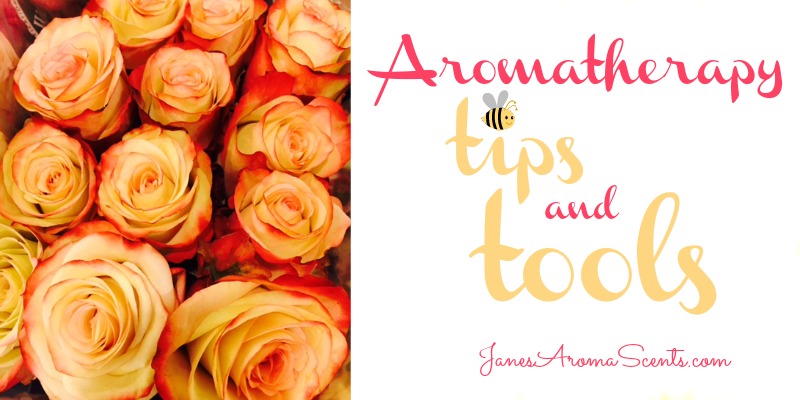Everything You Wanted to Know About Diffusing Antimicrobial Essential Oils for Kids
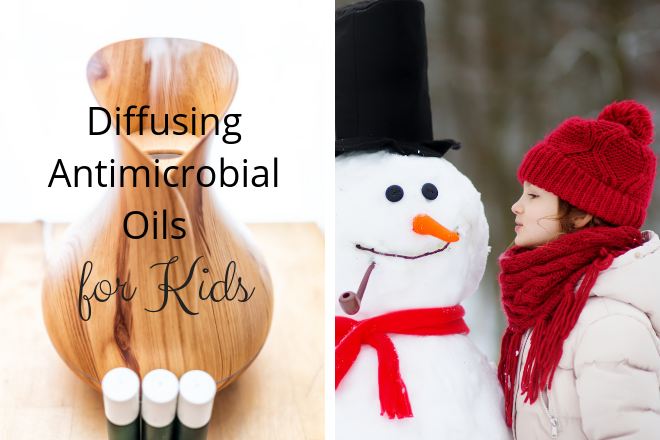
It’s that time of year when you hurry through the grocery store trying not to breath too deeply. All around you people are coughing and sneezing, spreading this year’s strain of the flu bug and who knows what else!
The last thing you want to do is get sick and spread it to your kids and husband. I can’t think of a better time than now to be proactive in diffusing antimicrobial essential oils at your house.
Safety First
Before we consider which essential oils to use, we need to remember how to safely diffuse essential oils around babies and young children (see this post for more information on children and safety with essential oils in general) :
- Don’t diffuse essential oils with children under the age of six months.
- Once children reach the age of six months, you can diffuse child-safe essential oils for short periods of time for acute conditions, such as a cold or flu.
- Keep in mind that eucalyptus and certain chemotypes of Rosemary should be avoided on children under age 10. Don’t use peppermint with children under age 6. This is due to the possibility of slowed respiration caused by menthol and 1,8-cineole in the essential oils. (These guidelines apply to both topical use and inhalations.)
- When diffusing essential oils, run the diffuser for about 30-45 minutes minutes. Then shut off for about 60 minutes. Do not run it continuously.
- Please check for interactions between any medications/herbs/supplements you may be taking and any oil you want to diffuse. Additionally, if you have a chronic illness, research any oils that may be contraindicated for your condition. Healthnotes is a site that may be helpful for this, as is ND HealthFacts.
Now that we know how to properly use essential oils, let’s look at the antimicrobial essential oils that are safe to diffuse with children over the age of six months. We’ll start with a quick definition of antimicrobial.
What Are Antimicrobial Essential Oils?
Antimicrobial essential oils are oils that have antiseptic (disinfectant) properties, meaning they reduce microbial growth. Using antimicrobial essential oils and a diffuser to help clean the air in your home is a potent weapon to have in your arsenal of natural health tools.
But keep in mind that it doesn’t mean that each essential oil kills ALL the various bacteria, virus, and fungi out there; instead, each one is effective against certain ones.
Here is a study from PubMed for you to read to get familiar with some of the properties of a few oils: Antibacterial and antifungal activity of ten essential oils in vitro.
According to Kurt Schnaubelt, Ph.D., in The Healing Intelligence of Essential Oils p. 136,
“Diffusing them [essential oils] into rooms will lower the count of airborne microorganisms significantly, reducing the risk of infection especially in offices and waiting rooms. Diffusing essential oils in rooms and houses has even been reported to be effective in expelling mold from infested buildings.”
?Which Essential Oils Have Antimicrobial Properties and Are Safe for Children?

Let’s get to the list of oils that are safe to use with children. This isn’t exhaustive by any means, but contains common essential oils that you may have at home already. For each oil, I will list the core respiratory applications and the psyche/emotionapplications.
This is helpful because when we diffuse oils, they benefit us in two ways: through inhalation and through olfaction. Inhalation benefits our respiratory system and olfaction benefits our limbic system in the brain (emotions, nervous system, endocrine system, and so on. Each oil has other benefits for other body systems, but since those are not benefits you get through diffusing, I will not cover those.
Common Antimicrobial Oils Safe for Diffusion with Children Over 6 Months
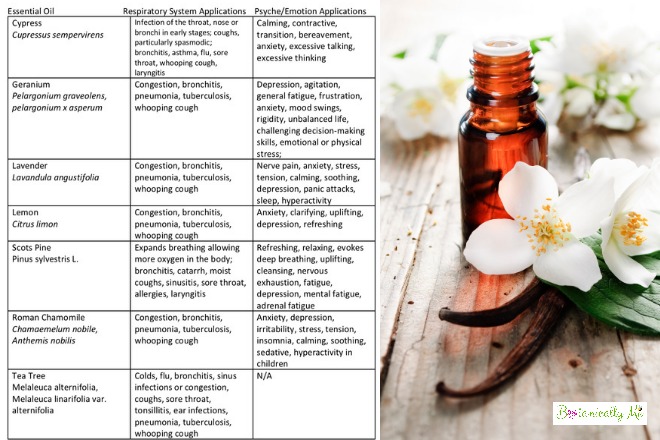
Would you like to receive a free PDF of the Antimicrobial Chart and recipes? Just fill out the form below. (If you don’t see the email, check your junk mail folder.)
#mc_embed_signup{background:#fff; clear:left; }
/* Add your own Mailchimp form style overrides in your site stylesheet or in this style block.
We recommend moving this block and the preceding CSS link to the HEAD of your HTML file. */
Recipes for Diffusion
Now let’s look at some recipes for diffusing the essential oils. For water-based diffusers, you can use anywhere from 5-10 drops of the pure essential oils. Do not dilute the essential oils in a carrier oil before adding them to the diffuser. This will gunk up the diffuser. Of the oils listed, you can use any one singly, or you can mix them together to create a powerful synergy. Here are some suggestions of possible synergies to get you started:
Synergy #1
- 5 drops Lavender
- 5 drops Lemon
Synergy#2
- 3 Drops Geranium
- 7 drops Lavender
Synergy #3
- 5 drops Lavender
- 3 drops Lemon
- 2 drops Roman Chamomile
Synergy #5 (This blend has more of a medicinal smell due to the tea tree oil.)
- 4 drops Lemon
- 3 drops Lavender
- 2 drops Cypress
- 1 drop Tea Tree
What are your favorites?
Do you have any favorite synergies that you already use that are kid-safe? I’d love for you to share them in the comment section.
Thanks for reading about diffusing antimicrobial essential oils. I hope you have a healthy year!
Note: If you would prefer not to make your own synergy, I do create custom orders for people. You can also contact me for more information.
Botanically me,


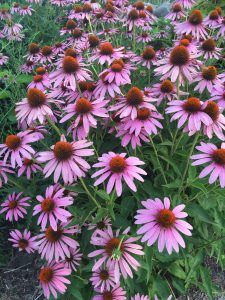


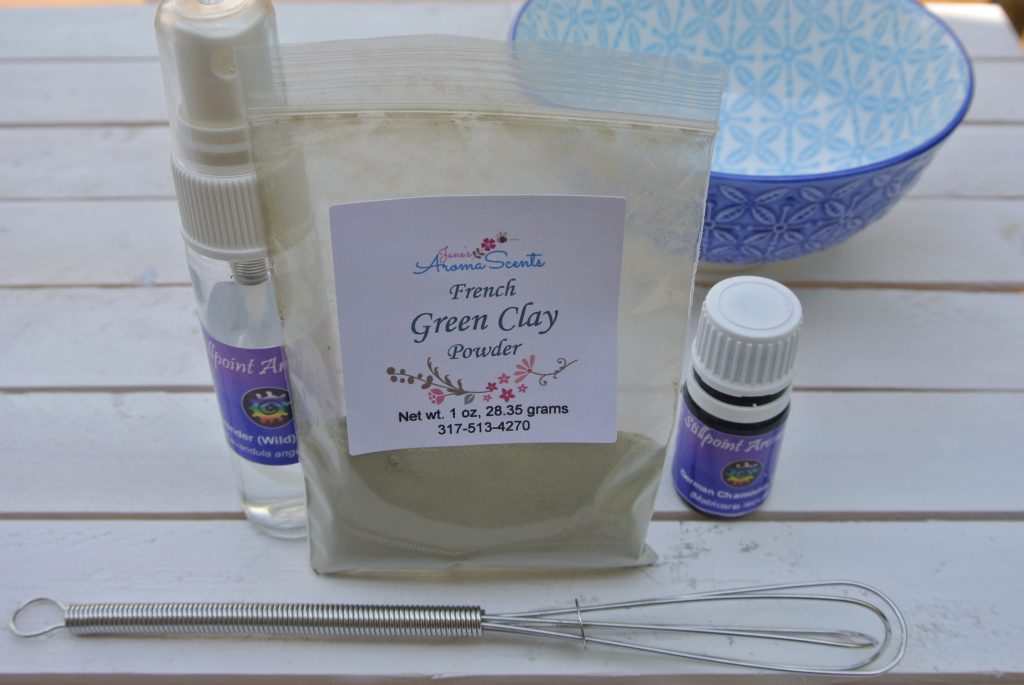 I love going to get a facial, but it’s usually a rare treat for me. For about three days after, my skin glows and fine lines and wrinkles are diminished. Wouldn’t it be nice to get similar results more often?
I love going to get a facial, but it’s usually a rare treat for me. For about three days after, my skin glows and fine lines and wrinkles are diminished. Wouldn’t it be nice to get similar results more often?
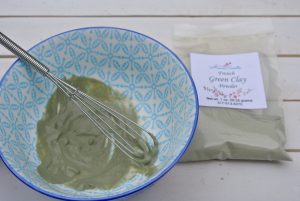
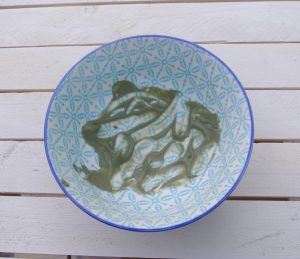
 like stepping back in time. No cars are allowed on the island, so the main forms of transportation are your feet, bicycles, and horse and carriages. The rhythmic clip-clopping of horses’ hooves on the roads is a welcome relief from the noise of buses, trucks, and cars.
like stepping back in time. No cars are allowed on the island, so the main forms of transportation are your feet, bicycles, and horse and carriages. The rhythmic clip-clopping of horses’ hooves on the roads is a welcome relief from the noise of buses, trucks, and cars.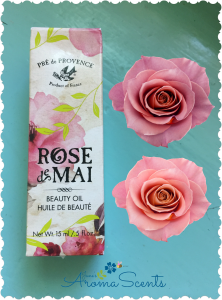 I squeezed a drop from the tester bottle onto my hand and turned the box over to examine the contents. I discovered that this oil is actually a blend. It does not contain the essential oil, but rather contains the essential waxes of Rosa damascena and Rosa centifolia in a jojoba, borage, and grapeseed oil base. But it is altogether lovely!
I squeezed a drop from the tester bottle onto my hand and turned the box over to examine the contents. I discovered that this oil is actually a blend. It does not contain the essential oil, but rather contains the essential waxes of Rosa damascena and Rosa centifolia in a jojoba, borage, and grapeseed oil base. But it is altogether lovely!
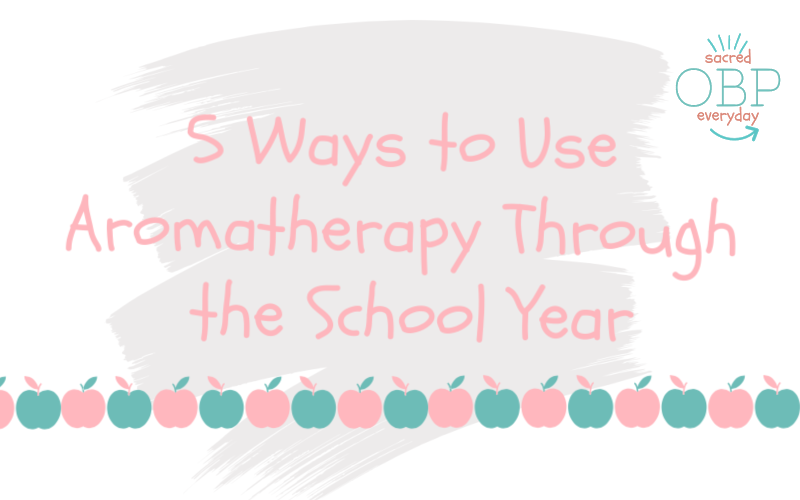

 Study Spritzer
Study Spritzer women have memories of missing—or being miserable through—some major event because of PMS woes. The combination of these three oils in a 3 percent dilution of a carrier oil may be enough to help relieve the suffering. Drinking a cup of herbal tea such as chamomile may help too!
women have memories of missing—or being miserable through—some major event because of PMS woes. The combination of these three oils in a 3 percent dilution of a carrier oil may be enough to help relieve the suffering. Drinking a cup of herbal tea such as chamomile may help too!